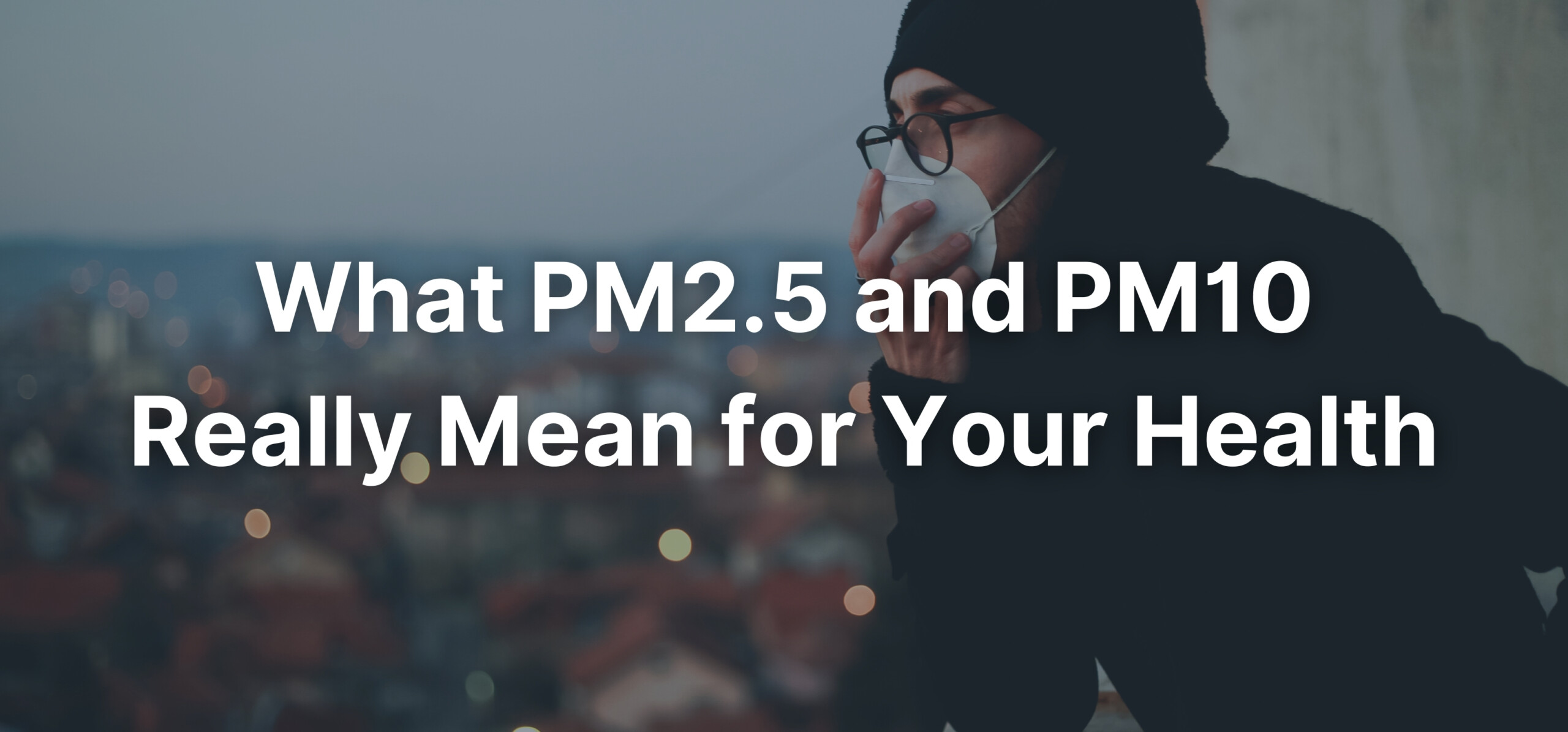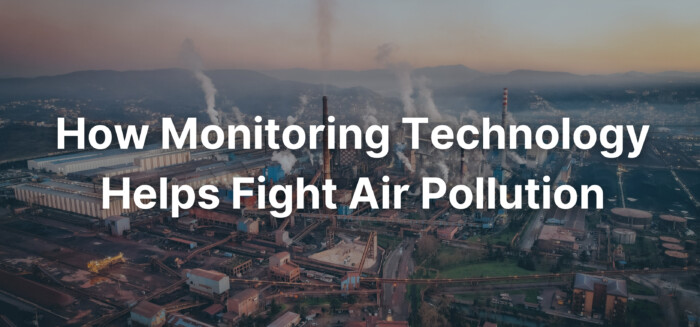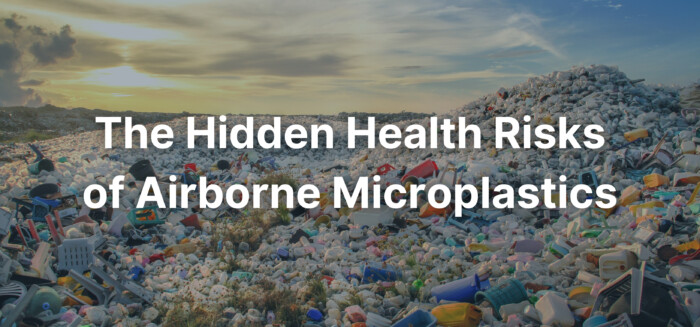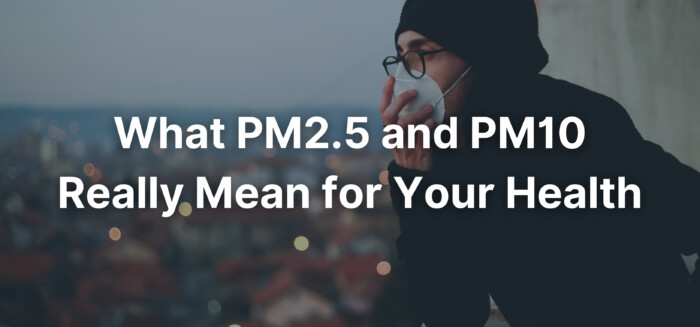When we think of air pollution, we often imagine smog-filled cityscapes or dark smoke billowing from factory stacks. However, some of the most harmful pollutants in our atmosphere are invisible to the naked eye. Among these are particulate matter—specifically, PM10 and PM2.5. Understanding what these particles are and how they affect your health is essential for protecting both yourself and those around you.
At Tisch Environmental, our mission is to support public health by providing essential air quality monitoring equipment. In this blog, we’ll take a closer look at what PM10 and PM2.5 are, where they come from, how they impact your body, and why monitoring them is so important.
Understanding PM10 and PM2.5
Particulate matter (PM) is a term used to describe a mix of solid particles and liquid droplets suspended in the air. These particles vary in size, origin, and composition, but the two categories that have the most significant implications for human health are PM10 and PM2.5.
PM10 refers to particles that are 10 micrometers in diameter or smaller. These include dust, mold spores, and pollen—particles that are still small enough to be inhaled into the respiratory system. To put this into perspective, the diameter of a single human hair is about 70 micrometers, making PM10 particles roughly one-seventh that size.
PM2.5, however, is even smaller. These fine, inhalable particles measure 2.5 micrometers or less in diameter. Common sources include combustion from cars, industrial emissions, wildfires, and even indoor activities like cooking. Because of their tiny size, PM2.5 particles can travel deep into the lungs and even enter the bloodstream, making them significantly more dangerous to human health.
Why Particle Size Matters for Health
The size of a particle determines how far into the body it can travel. While PM10 particles may be trapped in the nose or upper airways, PM2.5 particles are capable of bypassing these defenses. Once inhaled, they penetrate deep into the lungs and, in many cases, make their way into the bloodstream. From there, they can circulate throughout the body, affecting the heart, brain, and other vital organs.
This is why PM2.5 is often considered more hazardous than PM10. Its ability to travel beyond the lungs means it can trigger a host of health problems, especially when exposure occurs over a long period.
Health Effects of PM Exposure
Even brief exposure to elevated levels of PM10 or PM2.5 can cause noticeable symptoms. Many people experience irritation of the eyes, nose, and throat. Some may develop coughing fits, shortness of breath, or fatigue. Those with existing respiratory conditions, such as asthma or chronic bronchitis, often notice a worsening of symptoms.
Over time, the health risks become more serious. Long-term exposure has been linked to reduced lung function, chronic respiratory diseases, heart attacks, strokes, and even premature death. The cardiovascular system is particularly vulnerable, as inhaled fine particles can contribute to inflammation, oxidative stress, and arterial plaque buildup.
Moreover, research has begun to reveal links between PM2.5 and conditions such as diabetes, cognitive decline, and complications during pregnancy. Infants and children, whose lungs are still developing, face an even higher risk from prolonged exposure.
Did you know? Studies have shown that improving air quality can lead to dramatic health benefits, including lower rates of heart disease, respiratory illnesses, and even stroke. In fact, the EPA reports that reducing particulate matter (PM) levels by just 10 micrograms per cubic meter can save thousands of lives annually.
Common Sources of PM10 and PM2.5
Understanding where these particles come from can help you reduce your exposure. PM10 is often produced by mechanical processes. Construction activities, road dust, agricultural operations, and natural sources like pollen are all common contributors. These particles tend to settle relatively quickly due to their larger size, though they can still be inhaled in significant quantities.
PM2.5 particles, however, primarily come from combustion. Car engines, power plants, residential wood burning, industrial manufacturing, and even some cooking methods all produce fine particulate matter. These particles are so light and small that they can remain airborne for long periods and travel long distances, making them a widespread concern, even far from the source.
Measuring Air Quality
Governments and environmental agencies use various tools and systems to monitor particulate matter levels. One of the most widely recognized is the Air Quality Index (AQI), which communicates daily air quality levels and potential health risks in a simple, color-coded format.
PM10 and PM2.5 concentrations are typically measured in micrograms per cubic meter of air (µg/m³). Because PM2.5 poses greater health risks, the acceptable thresholds for these particles are lower than those for PM10.
At Tisch Environmental, we provide the equipment needed to collect accurate particulate data. Our monitoring systems are used by regulatory agencies, researchers, and public health institutions around the world. With our samplers and inlets, professionals can gather precise, actionable data to guide health recommendations and policy decisions.
How to Reduce Your Exposure
Although we can’t control every factor that affects air quality, there are meaningful steps individuals can take to minimize exposure. Staying informed is key. By checking daily air quality reports, you can avoid outdoor activities on high-pollution days.
If you live in an urban area or near sources of pollution, keeping your home well-sealed during poor air quality days can be helpful. Using indoor air purifiers with HEPA filters, properly maintaining HVAC systems, and avoiding smoking indoors also contribute to better indoor air quality.
When air pollution levels are especially high—such as during wildfires or industrial events—wearing a certified N95 mask can offer protection against inhaling fine particulate matter. Likewise, choosing less-polluted routes when exercising outdoors and reducing the use of gas-powered equipment can have a positive effect, both on personal exposure and overall community air quality.
“Clean air is not a luxury, but a basic requirement for human health and well-being. By understanding and tracking air quality, we can make informed decisions that protect our communities and our future.”
The Role of Air Monitoring in Public Health
Monitoring is more than just a scientific endeavor—it’s a public health necessity. Without reliable air quality data, communities cannot assess risks, set safety standards, or develop effective policies. Continuous monitoring allows for quick responses during air quality emergencies and long-term strategies that improve health outcomes.
That’s where Tisch Environmental makes a real difference. Our mission is to provide dependable tools for tracking air pollution. From high-volume samplers to portable units and accessories, our products are built with precision, reliability, and user ease in mind.
By supporting accurate data collection, we help turn information into action—and action into cleaner air.
Final Thoughts
In today’s world, the air we breathe is not something we can take for granted. PM10 and PM2.5 represent serious, sometimes invisible, threats to our health and well-being. Their small size allows them to slip past our body’s defenses, impacting everything from our lungs to our hearts—and even our brains. However, by understanding the dangers and taking steps to monitor and reduce exposure, we can significantly lessen the risks. Knowing the facts about particulate matter is the first step toward meaningful change. At Tisch Environmental, we’re proud to play a role in this effort. Through advanced air sampling equipment and a commitment to quality, we support the science that leads to healthier lives and cleaner air for all.
Want to Learn More About Air Quality Monitoring?
Hover to discover how we can help.Wherever the air takes you, we're there to help you measure it.
We offer a wide range of high- and low-volume air sampling equipment designed for precision and reliability. Whether you’re monitoring for PM2.5 in urban environments or conducting research in remote areas, we have the equipment and expertise to support your goals.Click here to get started.
Recent Posts
The air we breathe is critical to our health, yet millions of Americans continue to live in areas with unsafe levels of air pollution. The American Lung Association’s State of the Air 2025 report
Microplastics have become a hot topic in environmental discussions in recent years. These tiny particles are increasingly being recognized as a serious threat, not just in oceans and waterways but also in the air
When we think of air pollution, we often imagine smog-filled cityscapes or dark smoke billowing from factory stacks. However, some of the most harmful pollutants in our atmosphere are invisible to the naked eye.








Get Social